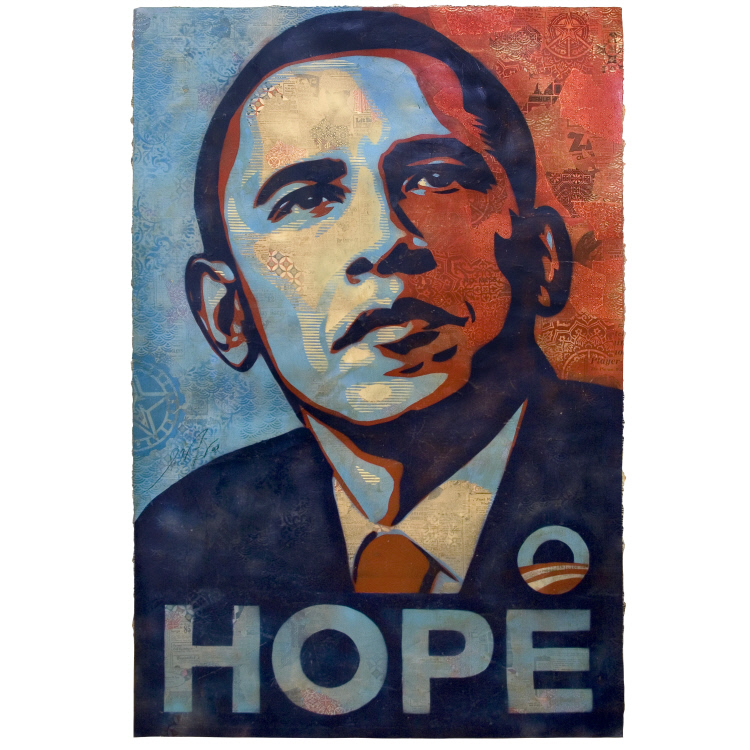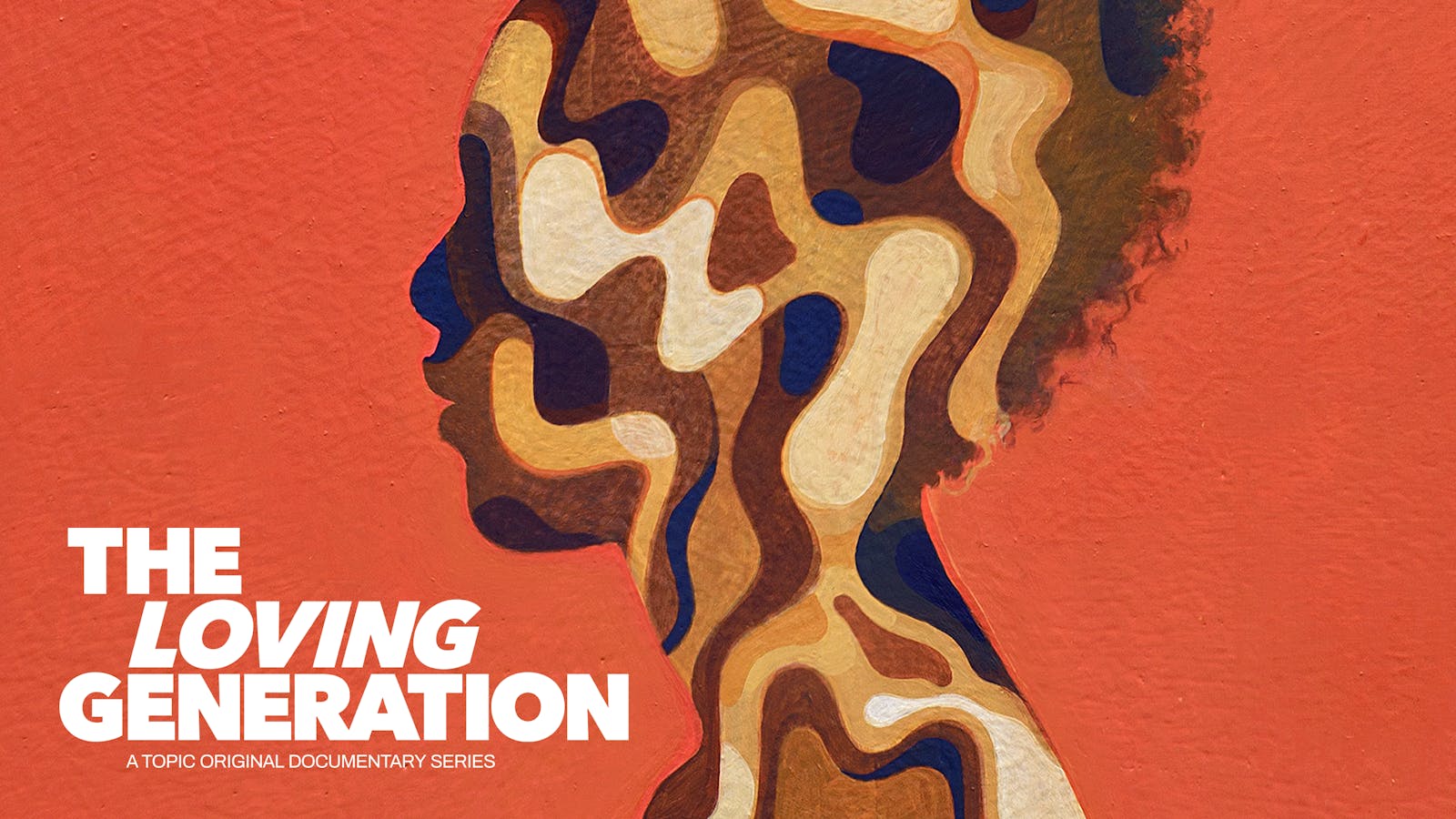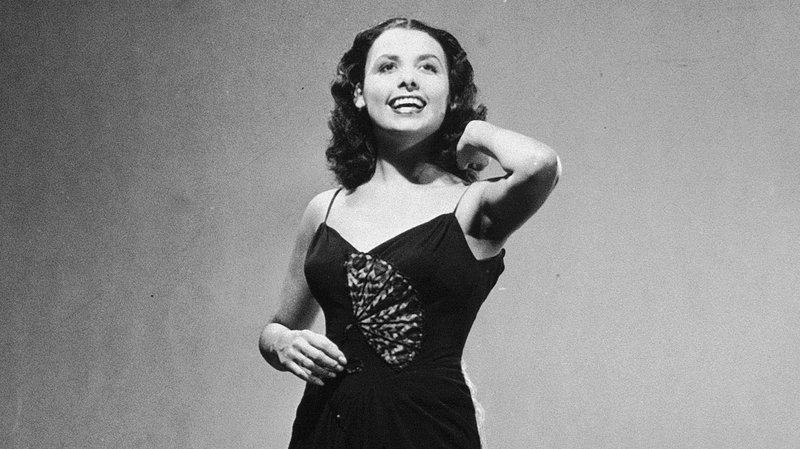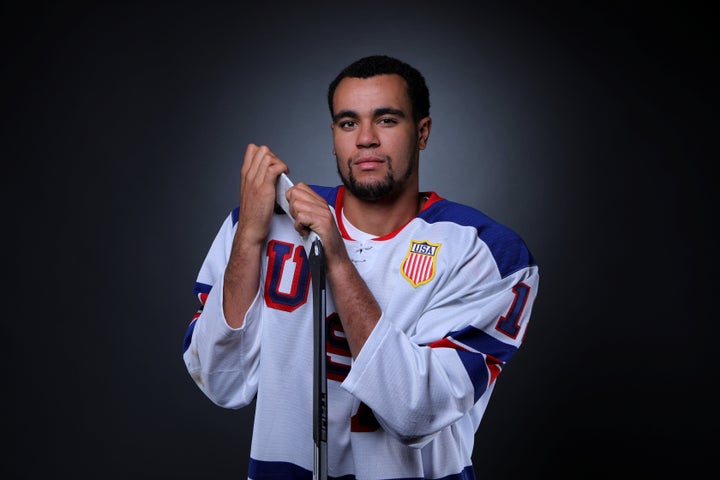Kit de Waal: ‘Make room for working class writers’Posted in Articles, Literary/Artistic Criticism, Media Archive, United Kingdom on 2018-02-11 20:15Z by Steven |
Kit de Waal: ‘Make room for working class writers’
The Guardian
2018-02-10
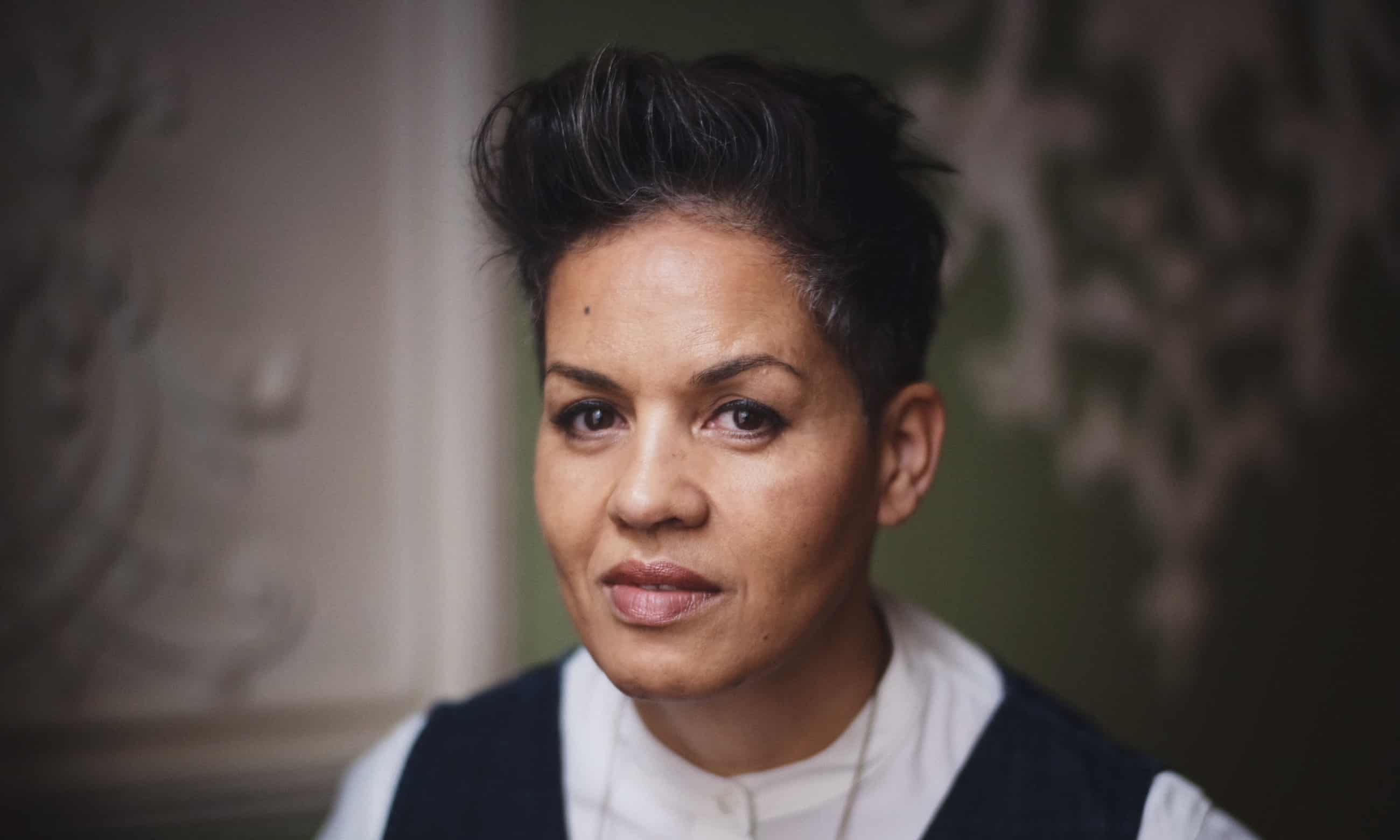 ‘A writing career never entered my head.’ … Kit de Waal. Photograph: Sarah Lee for the Guardian |
When Kit de Waal was growing up in 1970s Birmingham, no one like her – poor, black and Irish – wrote books. Forty years on, the author asks, what has changed?
Reading at school was agony. A slow, child by child rotation around the class, six pages each. Great Expectations. Vanity Fair. The Mill on the bloody Floss. The boys with their flatline monotones. The girls, careful not to stumble and be humiliated. English was my best subject, so this process was painful. I wanted to race ahead and get to the end of the story. Yet the idea of taking that book home to read later and finish, that never occurred to me. Not when we owned the ultimate big novel: the Bible. We were Jehovah’s Witnesses and three times a week we’d sit in a draughty hall on the backstreets of Sparkbrook in Birmingham, wrapped around a paraffin heater discussing the 66 books that made up the Old and the New Testaments. I’ve read it cover to cover at least five times.
Leviticus and Numbers were hard going, all that counting and recounting, all those laws and exhortations, but there were very beautiful passages, too. The Song of Solomon, Psalms, Proverbs. The Gospels, too, four different takes on one big adventure. They had the ingredients of a good thriller with a hero, a call to arms, a savage tragedy. Without realising it, I was learning what you had to do to write well, how to characterise, how to keep your reader turning the page without the threat of eternal damnation as an incentive.
But writing as a career? That never entered my head. The only writers I knew were dead. And apart from Enid Blyton, they were dead men. And white. And posh. Even when I began to read widely in my 20s, it was still a case of: if you can’t see it, you can’t be it. No one from my background – poor, black and Irish – wrote books. It just wasn’t an option…
Read the entire article here.
